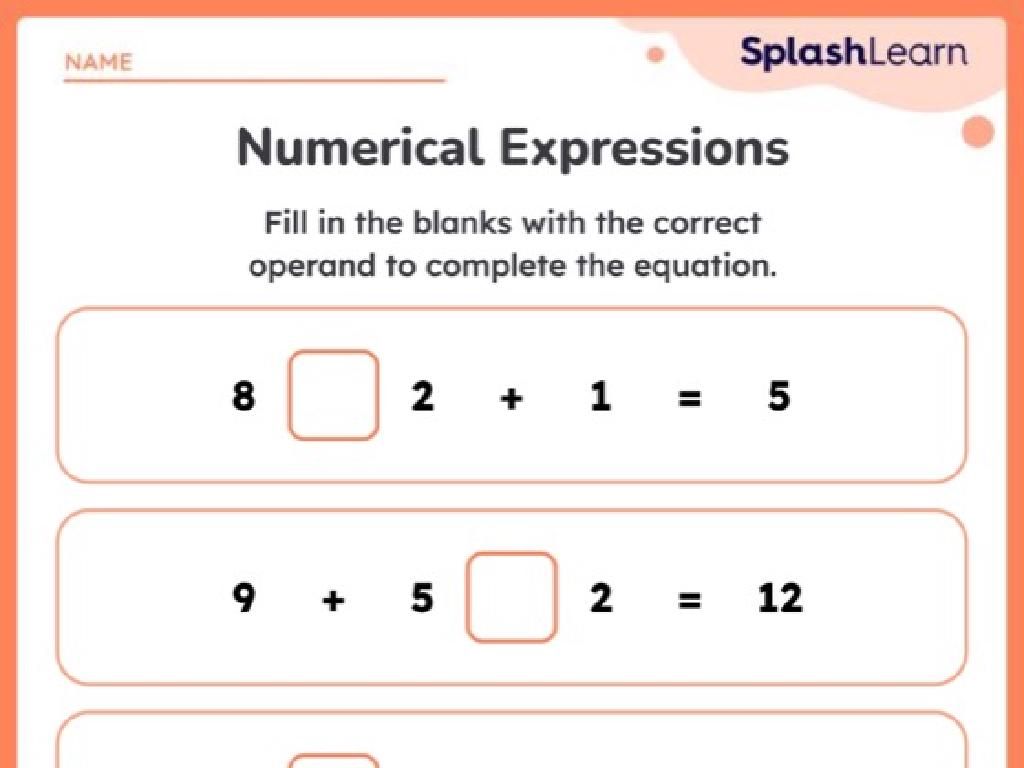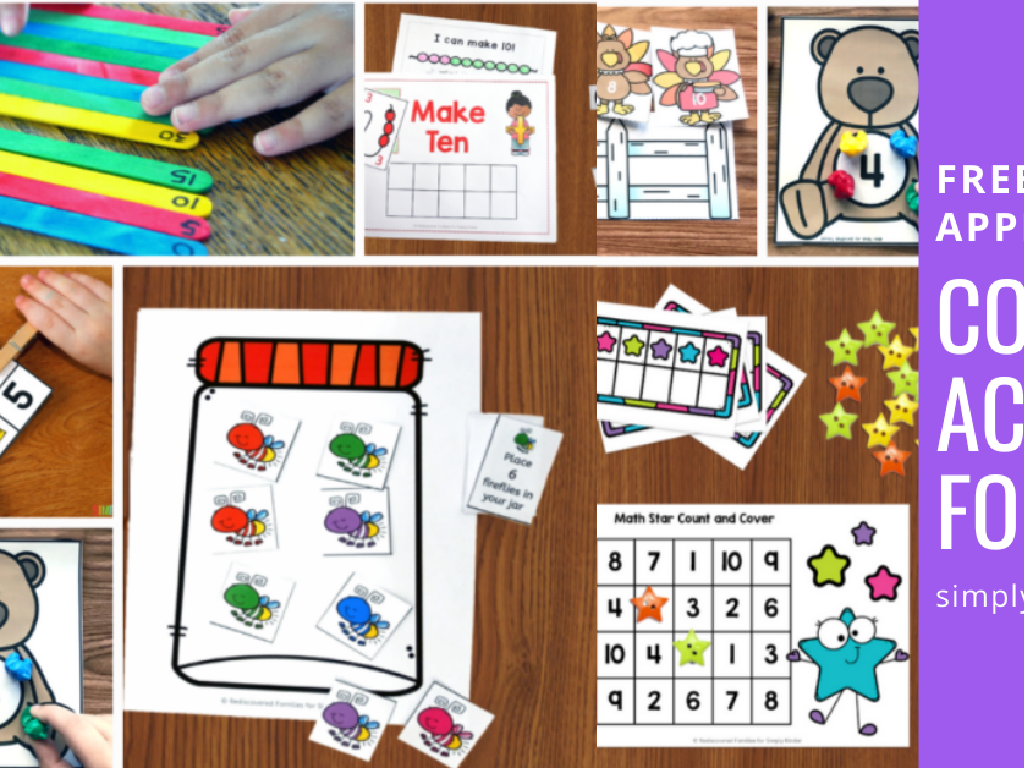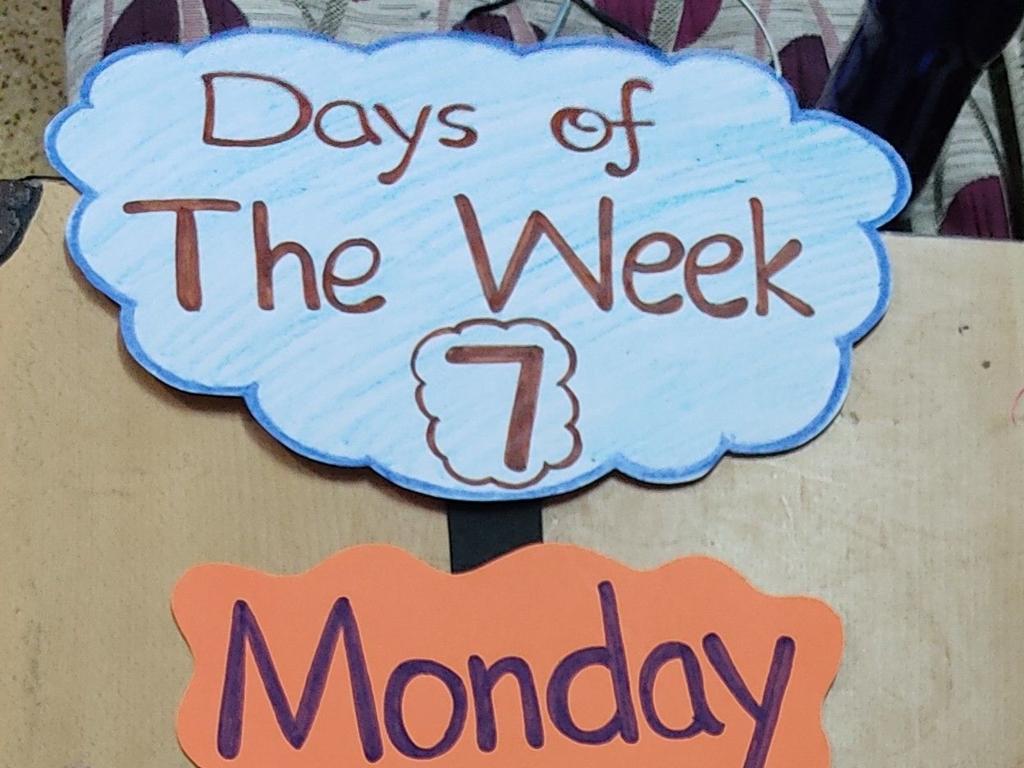The Revolutionary War: Turning The Tide Of War
Subject: Social studies
Grade: Seventh grade
Topic: The American Revolution
Please LOG IN to download the presentation. Access is available to registered users only.
View More Content
The Revolutionary War: Turning the Tide
– Grasping the American Revolution
– A struggle for independence from British rule
– Key causes of the Revolutionary War
– Taxation without representation, quest for liberty
– Turning the Tide: A pivotal point
– Key battles and alliances that changed the war’s direction
– Today’s focus: War’s momentum shift
|
This slide introduces the American Revolution, setting the stage for understanding the conflict that led to the birth of the United States. Begin by discussing the desire for independence from British control, emphasizing the colonists’ grievances like unfair taxes and lack of representation. Highlight the key causes that ignited the Revolutionary War. Then, focus on the crucial phase where the tide of war turned, including significant battles like Saratoga and the role of international alliances. Today’s lesson will delve into how these events shifted the momentum in favor of the American colonists. Encourage students to think critically about how these turning points might have felt for the people involved and to consider the broader implications of these events on the outcome of the war.
The Revolutionary War: Early Stages
– Continental Army’s challenges
– Lack of supplies, training, and support
– Key early battles: Lexington & Concord, Bunker Hill
– First armed conflicts; ‘shot heard around the world’
– Significance of early battles
– Showed potential of American forces against British
– Impact on morale and strategy
|
This slide aims to introduce students to the early phase of the Revolutionary War, focusing on the difficulties faced by the Continental Army, such as inadequate supplies and training. Highlight the importance of the early battles at Lexington and Concord, which marked the outbreak of war, and the Battle of Bunker Hill, which, despite being a loss, proved the Americans could stand up to the British. Discuss how these early confrontations set the tone for the war, influenced public opinion, and shaped military strategies. Encourage students to consider how these events might have felt for the colonists and ask them to imagine the impact on the soldiers’ morale.
The Declaration of Independence
– Continental Congress decision
– The group that voted for America’s independence
– Thomas Jefferson’s drafting role
– Authored the Declaration, outlining liberty and rights
– Declaration’s impact on war
– Boosted morale and support for independence
– Significance for American freedom
|
This slide delves into the pivotal moment in the American Revolution when the Continental Congress decided to declare independence from British rule. Highlight Thomas Jefferson’s integral role in drafting the Declaration of Independence, which eloquently articulated the colonies’ reasons for seeking freedom. Discuss how the Declaration galvanized the colonies, secured international allies, and strengthened the resolve of the Continental Army. Emphasize the lasting significance of the Declaration as a symbol of liberty and a statement of human rights that continues to inspire people around the world.
Key Figures in the Revolutionary War
– George Washington’s leadership
– First Commander-in-Chief of the Continental Army
– Influential roles of Franklin & Paine
– Franklin: diplomacy & alliances; Paine: inspiring literature
– Women and minorities’ contributions
– Roles like spies, nurses, and soldiers despite social norms
– Diverse impact on war’s outcome
|
This slide highlights the pivotal roles played by key figures during the Revolutionary War. George Washington’s leadership as the Commander-in-Chief was instrumental in guiding the Continental Army to victory. Benjamin Franklin’s diplomatic efforts secured crucial French support, and Thomas Paine’s writings, such as ‘Common Sense,’ galvanized public opinion. It’s also vital to discuss the often-overlooked contributions of women and minorities, who served in various capacities, challenging the gender and racial norms of the time. Encourage students to explore the diverse narratives that contributed to the war’s outcome, fostering a more inclusive understanding of history.
Turning Points of the Revolutionary War
– The Battle of Saratoga victory
– First significant win for the Americans, convincing France to join the war.
– The French Alliance impact
– France’s support brought supplies, soldiers, and naval strength.
– Valley Forge hardships
– Soldiers faced severe conditions but trained to become a more effective army.
– Emerging stronger post-Valley Forge
– The army’s resilience led to increased morale and better performance.
|
This slide highlights the pivotal moments that shifted the momentum of the Revolutionary War in favor of the American colonies. The Battle of Saratoga marked the first major victory for the Americans, which was crucial in securing French aid. The alliance with France was a turning point, providing much-needed resources and military support. Valley Forge is remembered for the severe conditions faced by Washington’s troops, yet it was here that the Continental Army underwent rigorous training, which greatly improved their discipline and effectiveness. Emphasize the importance of these events in changing the course of the war and how they contributed to the eventual success of the American Revolution. Encourage students to consider how alliances and perseverance in the face of adversity can alter the outcome of a conflict.
The Path to Victory: Key Moments
– Strategies for American success
– Guerrilla tactics, foreign alliances, and decisive battles were crucial.
– Yorktown: The final battle
– General Cornwallis surrendered, ending major combat.
– The Treaty of Paris 1783
– Negotiated peace and confirmed U.S. independence.
– Recognition of independence
– America’s sovereignty accepted by the world.
|
This slide highlights the turning points that led to the success of the American Revolution. Discuss the various strategies employed by the Americans, including unconventional warfare, securing aid from France, and winning key battles. The Siege of Yorktown was a decisive confrontation where British forces, led by General Cornwallis, were forced to surrender, effectively ending the war. The Treaty of Paris was signed in 1783, where Britain recognized the independence of the United States, marking the end of the conflict. Emphasize the significance of international recognition of American sovereignty, which was a major step in the establishment of the nation. Encourage students to reflect on the importance of strategy, alliances, and negotiations in achieving victory.
The Revolutionary War’s Enduring Legacy
– Birth of the United States
– The war concluded with the formation of a new, independent nation.
– Societal and governmental changes
– Shifts in social dynamics and governance emerged post-war.
– War’s influence on national future
– The war set precedents for the nation’s growth and policies.
– Reflection on independence and democracy
|
This slide aims to encapsulate the lasting effects of the Revolutionary War on the United States. It’s crucial to convey to students that the war’s end marked the beginning of a new nation, with its own identity and governance, separate from British rule. Discuss how the war influenced societal norms, including impacts on different social classes and the role of government. Highlight how the outcomes of the war laid the groundwork for the country’s future, setting up a new system of democracy and influencing the development of the Constitution. Encourage students to reflect on the concepts of independence and democracy as core values that arose from this pivotal moment in history.
Class Activity: Revolutionary War Role-Play
– Divide into groups for role-play
– Represent historical figures/factions
– Present perspectives on war’s turning point
– Think like your character: What did they want? How did they feel?
– Discuss alternate war outcomes
– Imagine different decisions were made. What could have changed?
|
This activity aims to deepen students’ understanding of the Revolutionary War by having them step into the shoes of its key figures. Divide the class into small groups, assigning each a different historical figure or faction, such as George Washington, King George III, or the French allies. Provide each group with background information on their character’s role and stance during the war. Groups will research and then present how their character influenced a turning point of the war. After presentations, lead a discussion on how different choices and events might have led to a different outcome of the war. This will help students explore the complexity of historical events and the impact of individual actions on history.





